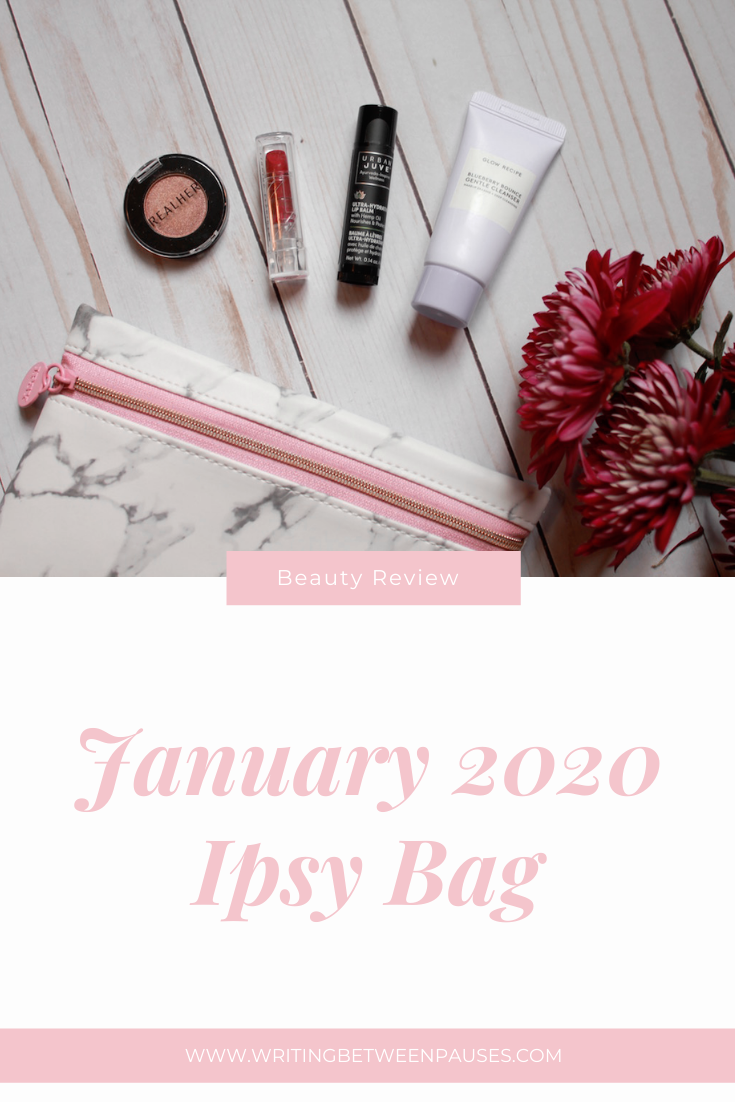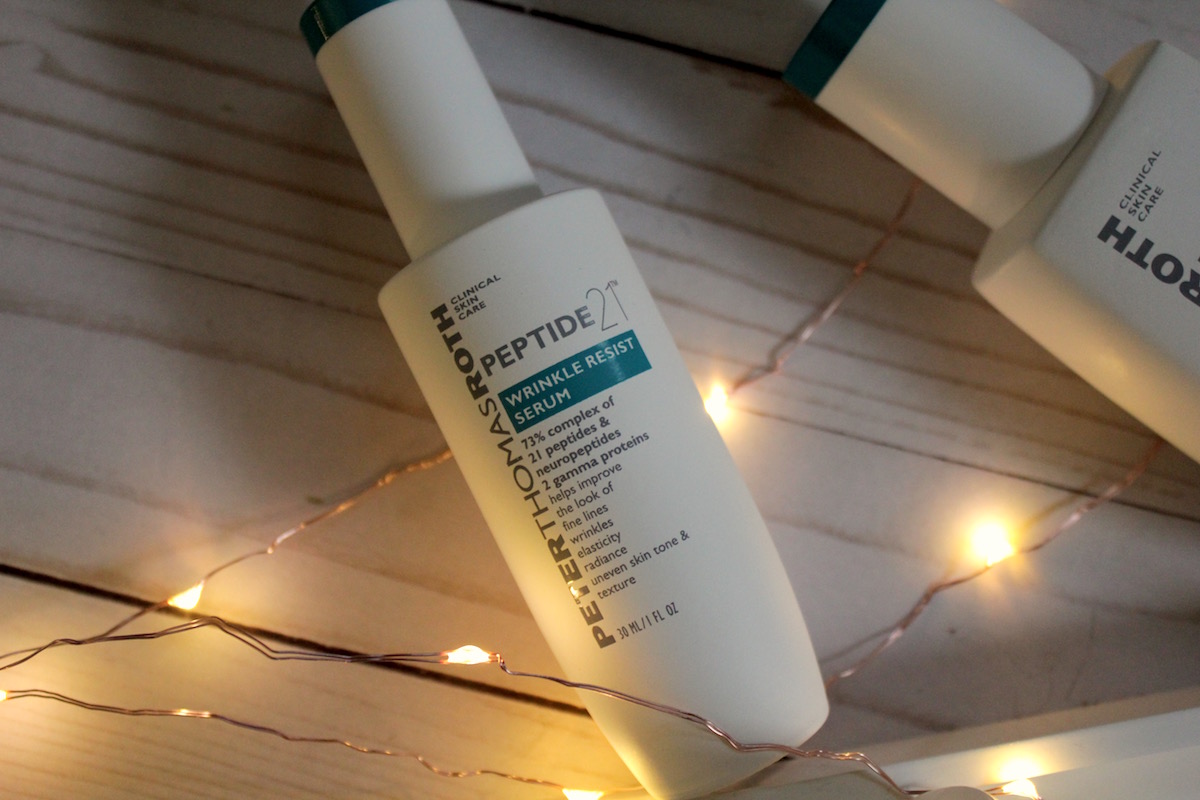I love a beauty subscription. As you probably know, I’ve been an Ipsy subscriber for months (although we’ve been on a break recently) and have been looking for other beauty boxes to review and use each month. There is something to a beauty box, isn’t there? It’s like a special little treat.
I told Danny that the reason I love them is because it gives me the option of trying new things every single month… without spending a ton of money. To try a new moisturizer might cost $15+, depending on the brand—but I can get a deluxe sample of a moisturizer in a subscription box that I can use throughout the month, as well as other things to try, all for around $10-15 depending on the subscription.
That’s incredibly valuable to me! I love trying new things, but I hate spending money.
A few weeks ago, I was approached by Birchbox to review their beauty box subscription and to share with my readers. Of course, I said yes immediately!
Birchbox is the first beauty subscription box I ever remember hearing about: they really changed the game when they came on the scene! They are a tried-and-true brand with a ton of fans, so I was honored to be able to work with them.
I received my first beauty box this month and wanted to share everything I received, what I loved about Birchbox, and what I didn’t.
What I Got
Here’s everything I received:
Oribe Dry Texturizing Spray
Number 4 Lumiere d’Hiver Clarifying Shampoo
Marcell City Tinted Cream
Sunday Riley Luna Night Sleeping Oil
100% Pure Green Tea Concentrate Cream
Number 4 Lumiere d’Hiver Reconstructing Masque
Love of Color Liquid Shimmer Eyeshadow (not pictured)
That’s $10 for 7 samples. Unlike Ipsy, there is no set number of samples every month. However, some of the samples in Birchbox are quite small; the clarifying shampoo and hair masque are both from the brand Number 4 Lumiere d’Hiver, but the shampoo is 1 fluid ounce in a travel size tube, while the mask is simply a packet (and much less than 1 fluid ounce). For that reason, it’s a lot more difficult to put a value on these products because you do receive a significantly smaller amount!
A prime example is that a full-size tube of the Oribe Texturizing Spray has 8.5 ounces and costs $46; the sample tube I received has 1 ounce. So, it would be valued at about 1/8 of $46: $5.75. However, not everything splits up quite that easily.
That’s ok though! I think even without strict numbers, we can talk about how valuable something feels: even though the tube of Sunday Riley’s Luna oil is quite small, a full-size bottle is only a little over an ounce and costs $105.
You read that correctly: full size is 1 ounce for $105. So receiving a sample tube, no matter the size, is going to be pretty valuable in terms of testing it out!
Birchbox costs between $10-15 a month to receive, depending on the status if your subscription. (You can learn more about Birchbox’s updated payment system here.) You can buy subscriptions in 6- and 12-month packages as well, which can help reduce your cost (and you can often get full-size gifts when you sign up. Score!)
What I Liked
One of the great things about Birchbox, compared to Ipsy, is that you don’t just receive 5 samples: you get a variety and often 5+ things. In my first box alone, I got 7 samples, some of them bigger than others. I’d say everything except the hair mask, I can use for at least 3 weeks, potentially more. That gives me a ton of product to experience with.
I also like that Birchbox gave me options when it came to selecting my samples. As with Ipsy, the more you review the things you receive, the better the products will be suited to you. However, with Birchbox, you can receive a sneak peek of samples starting the month before; at the end of March, I was able to choose either one sample I definitely wanted in my box, or I could have chosen two curated boxes to receive. That meant that no matter what, I got to choose something to try—which is really, really fun!
I liked all of the products I received, except perhaps the clarifying shampoo (it made my scalp itch, which is 100% a “my scalp” problem!) and the CC cream (it didn’t match my skintone, but I did like the texture).
My favorite product is probably the 100% Pure Green Tea Concentrate Cream; I thought for sure I would love the Sunday Riley Luna oil, which I do, but it doesn’t wow me as much as I thought. What did wow me was the Green Tea Concentrate Cream! It smells amazing and feels beautiful on my skin; I love wearing it under my makeup. It’s one of those things that I would have never looked for, but thanks to Birchbox, I’ll probably be buying a fullsize tube!
Things You Need to Know
What are a few things I would want to know about signing up for Birchbox?
Firstly, I think you need to remember that these are samples: not necessarily even deluxe size samples, in some cases. I don’t think that’s necessarily a draw back, but I do think it is important to have realistic expectations of what you’re going to receive.
Secondly, you can earn points on Birchbox by reviewing items; these points can then be used to purchase full size items. That’s pretty amazing!
Lastly, Birchbox is not like ipsy. They are both beauty-focused subscriptions and while I’ve compared and contrasted them here, ultimately they serve two different purposes. Birchbox focuses a little more on tried-and-true skincare products; Ipsy is much more trendy and makeup focused. What you choose depends entirely on what you want to receive! Looking to find a skincare routine that changes your life? Birchbox would be the best choice. Want to experiment with makeup? Ipsy is your best bet.
If you’d like to sign up for Birchbox, you can do so by clicking here**.
Have you received Birchbox? What did you think?































